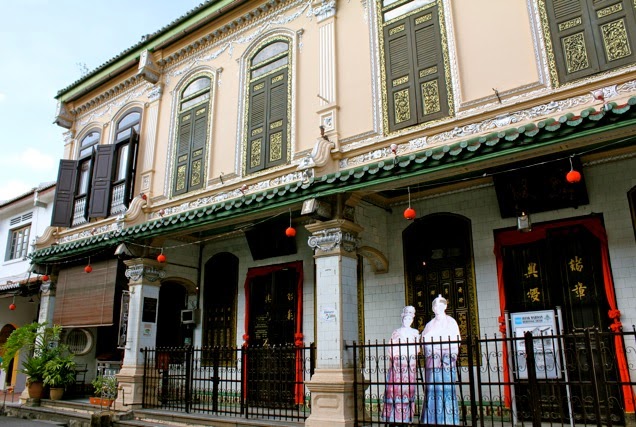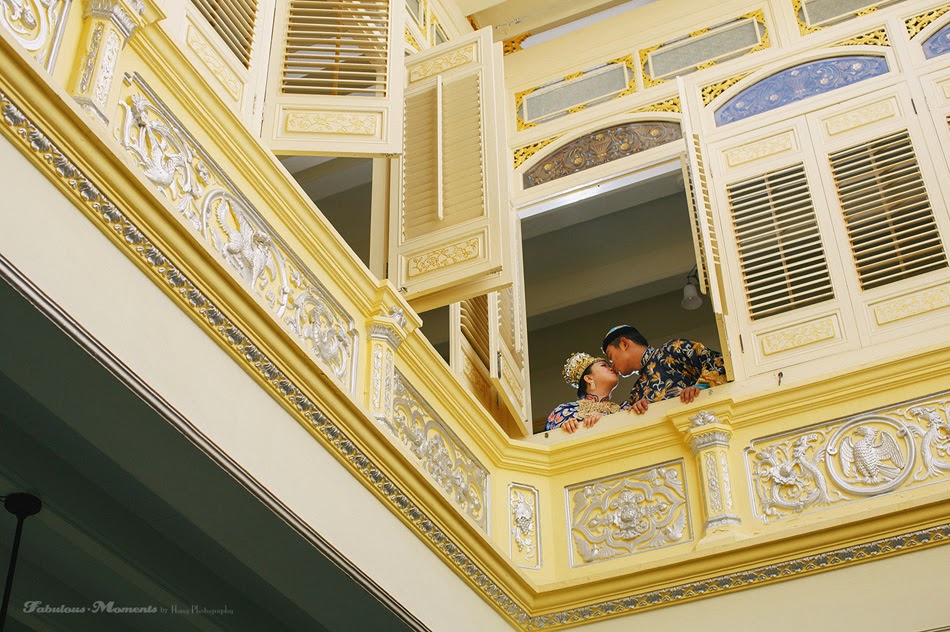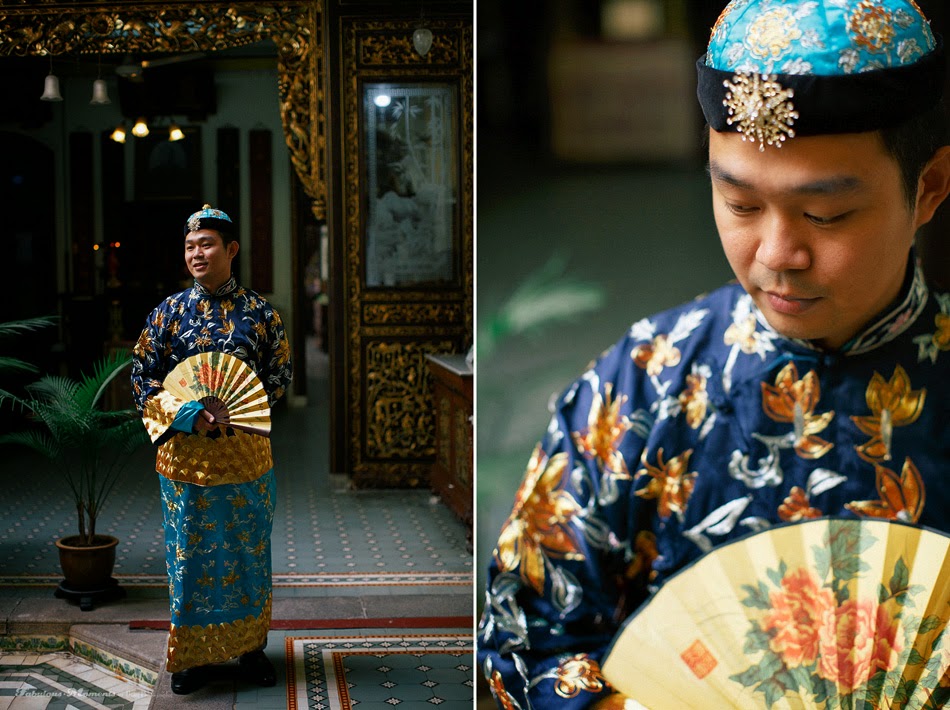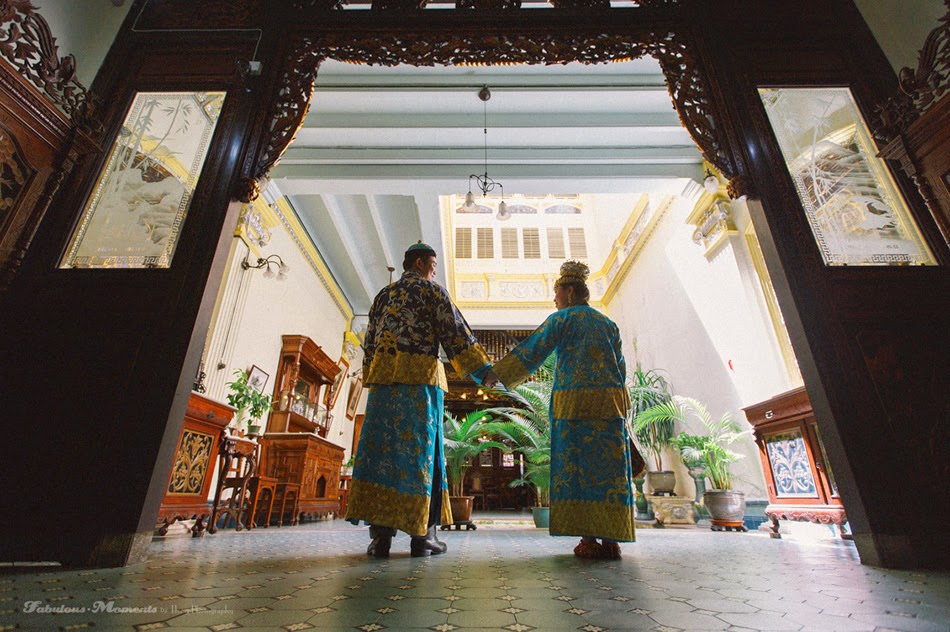Baba & Nyonya House MuseumWebsite: http://babanyonyamuseum.com/
Add: Nos. 48 & 50 Jalan Tun Tan Cheng Lock, 75200 Melaka
This museum was the home of Baba Chan Cheng Siew (1865-1919). The interior decor of the house has Dutch, Portuguese, Malay, and Colonial influences, which make the peranakan home unique. Lavish Blackwood furniture from China, inlaid with pearl and marble, greet visitors in the formal reception hall. Set above them are 5-meter high silk embroidery of Chinese symbolism. A unique set of stairs made of solid cenggal wood leads to the second floor.
![]() |
| Bottom from left: Cenggal wood Stairs, Reception hall, Kitchen, Ancestral hall |
Red Square (Dutch Square)
This famous tourist spot in Melaka town is where the historical red painted buildings and structures are located. Among them are Stadthuys (used to be Dutch administrative building), Christ Church, Tan Beng Swee Clock Tower, Queen Victoria Fountain from the British colonial time.
Add: Jalan Gereja,75000 Melaka
![]() |
| Source: thevastlife.blogspot.com |
A' Famosa Fort and St. Paul's ChurchThere is a staircase from Stadthuys that goes up the hill to St. Paul's Church. It was first built by the Portuguese, originally known as the Chapel of the Mother of God. After the Dutch invaded Malacca, they reconstructed and renamed it to St. Paul's Church. When the Christ Church was established, the Dutch turned St. Paul’s Hill into a burial ground for their noblemen.
At the foot of St. Paul's Hill is the remains of A'Famosa Fortress built by Portuguese admiral, Alfonso d’Albuquerque to protect the Portuguese position in Malacca.
![]() |
| Clockwise: A'Famosa Fortress. St Paul's Church exterior. St Paul's church interior. Granite tombstones. |
![]() |
| Inside the St. Paul's church. Photo by: Alex Moi. |
![]() |
| Photo: dannykoh.com |
![]() |
| Photo by: Aleeya Studio Taiping. @ A'Famosa Fort. |
Map:
Ref: abckualalumpur.com, travelblog.org, malaysia-trulyasia.com, coachnvanrental.com.my, google.com












